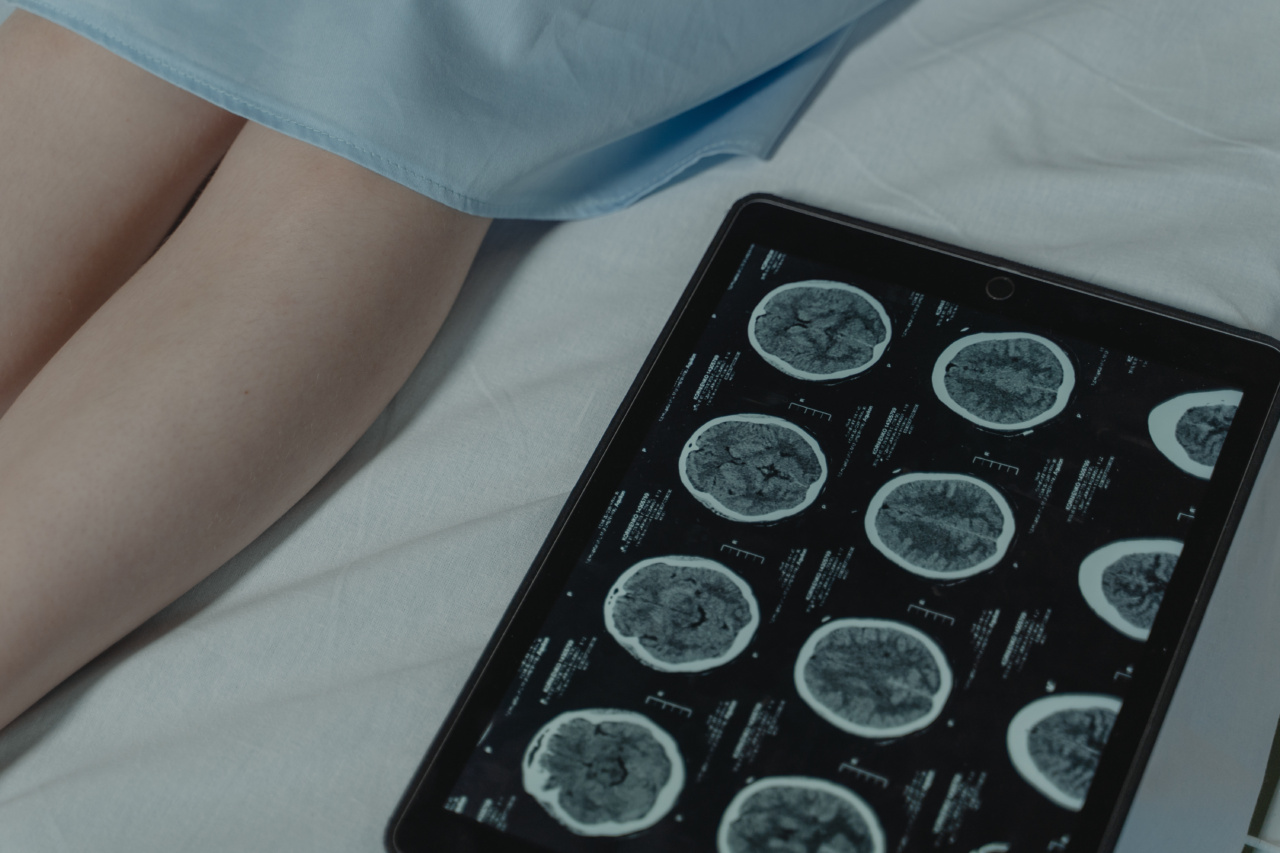Computer-aided cancer detection is a revolutionary technology that combines artificial intelligence and medical imaging to enhance cancer diagnosis and improve patient outcomes.
With the increasing incidence of cancer worldwide, early and accurate detection plays a crucial role in effective treatment and survival rates. This article explores the advancements in computer-aided cancer detection and its potential impact on the field of oncology.
The Role of Medical Imaging in Cancer Diagnosis
Medical imaging techniques such as mammography, computed tomography (CT), magnetic resonance imaging (MRI), and positron emission tomography (PET) have become essential tools for cancer diagnosis.
These imaging modalities allow healthcare professionals to visualize abnormalities and identify potential cancerous lesions. However, interpreting the complex images generated by these techniques can be challenging.
Challenges in Cancer Diagnosis
Diagnosing cancer accurately and at an early stage is critical for successful treatment. However, human interpretation of medical images is subjective and can be influenced by various factors such as fatigue, experience, and individual variability.
Additionally, certain types of cancer can be difficult to distinguish from benign conditions or may appear subtle in medical images, leading to potential misdiagnosis.
The Advancements in Computer-Aided Cancer Detection
Computer-aided cancer detection systems leverage artificial intelligence algorithms, including machine learning and deep learning, to provide a more objective and accurate analysis of medical images.
These systems assist radiologists and oncologists in the interpretation and detection of cancerous lesions, ultimately improving diagnostic accuracy, reducing human error, and potentially leading to earlier detection.
Machine Learning in Cancer Detection
Machine learning algorithms enable computers to learn patterns and detect abnormalities in medical images.
By training these algorithms on vast amounts of labeled medical images, the computer can learn to recognize subtle patterns or features indicative of cancer. These trained models can then be used to analyze new medical images and provide a probability or classification of cancer presence.
Deep Learning in Cancer Detection
Deep learning is a subset of machine learning that utilizes artificial neural networks to interpret medical images.
Deep learning models, called convolutional neural networks (CNNs), can automatically extract relevant features from medical images without the need for explicit programming. CNNs have demonstrated remarkable performance in various cancer detection tasks, consistently outperforming traditional machine learning approaches.
The Benefits of Computer-Aided Cancer Detection
Computer-aided cancer detection offers several advantages over traditional diagnostic methods:.
- Improved Accuracy: Computer-aided systems can help reduce the rate of false negatives and false positives, leading to more accurate diagnoses.
- Time Efficiency: AI algorithms can analyze medical images at a much faster rate than humans, potentially accelerating the diagnostic process.
- Standardization: Computer-aided systems can provide a consistent and standardized approach to cancer detection, minimizing interobserver variability.
- Assistive Tool for Radiologists: Rather than replacing radiologists, computer-aided systems act as assistive tools to enhance their decision-making process.
Current Applications of Computer-Aided Cancer Detection
Computer-aided cancer detection systems have found successful applications in various domains:.
1. Breast Cancer Detection
Mammography is the gold standard for breast cancer screening.
Computer-aided detection (CADe) systems can help radiologists detect suspicious lesions or microcalcifications in mammograms, improving the accuracy of breast cancer diagnosis and reducing false-negative rates.
2. Lung Cancer Detection
CADe systems for lung cancer detect and analyze lung nodules in CT scans.
By highlighting potential malignant nodules, these systems aid radiologists in early lung cancer detection, leading to timely interventions and higher chances of successful treatment.
3. Prostate Cancer Detection
MRI is commonly used for prostate cancer diagnosis.
Computer-aided diagnosis (CADx) systems can assist in the identification and characterization of suspicious lesions in prostate MRI, helping radiologists differentiate between benign and malignant tumors.
Challenges and Future Directions
While computer-aided cancer detection systems have shown great promise, several challenges need to be addressed:.
- Data Quality and Quantity: Large and diverse datasets are crucial for training accurate models. Obtaining labeled medical images is challenging due to privacy concerns and the need for expert annotations.
- Generalization: AI models may perform well on specific datasets but struggle to generalize to new, unseen cases. Ensuring robustness and generalizability is crucial for real-world application.
- Regulatory Approval: Computer-aided detection systems must undergo rigorous evaluation and regulatory approval processes before they can be widely implemented in clinical practice.
Further research and collaborations between medical experts and computer scientists are essential to overcome these challenges and advance the field of computer-aided cancer detection.
Conclusion
Computer-aided cancer detection is transforming the landscape of cancer diagnosis by combining the power of artificial intelligence with medical imaging.
These advanced systems offer improved accuracy, time efficiency, and standardization, assisting healthcare professionals in making more effective and timely diagnoses. While challenges exist, the ongoing advancements and research in computer-aided cancer detection hold immense potential in improving patient outcomes and the overall fight against cancer.


























